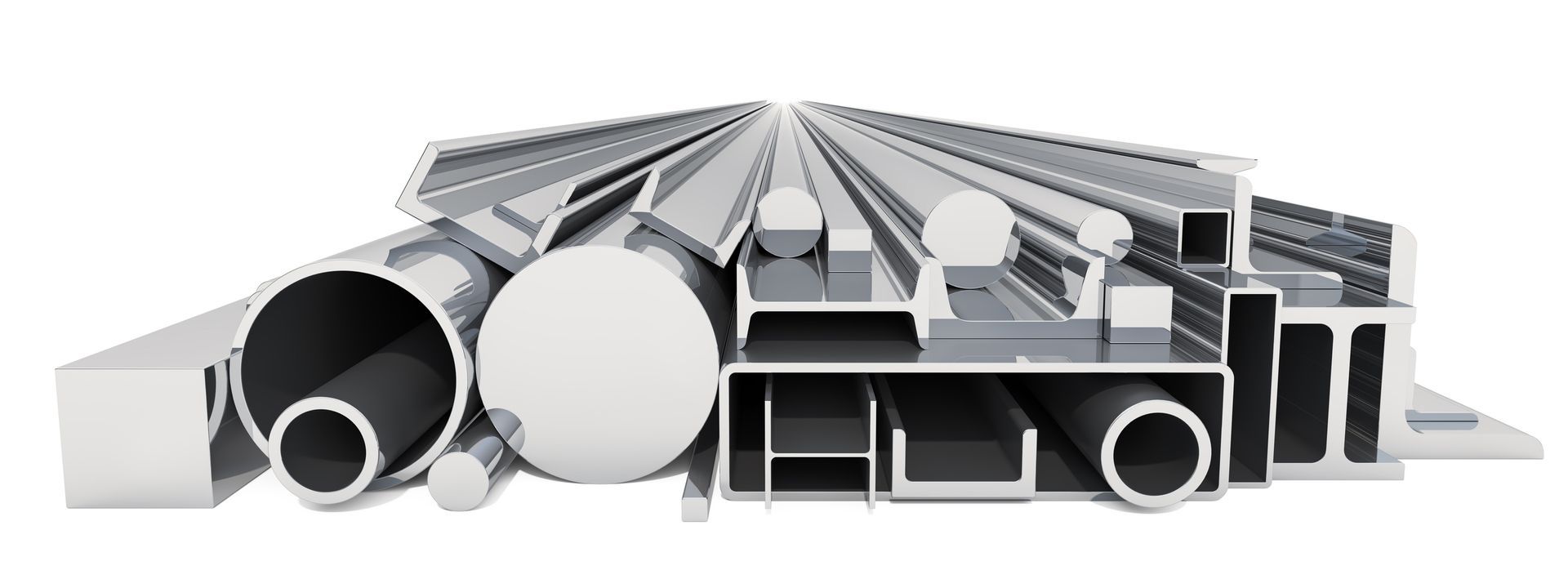Contact info
2030 Will Ross Court, Chamblee, GA 30341
404-334-7064
quotes@zyci.com
What happened? why is it so hard to get raw materials and component parts?
Long lead-times, out-of-stock, and back -orders seems to have become the norm. It is very frustrating, but it seems like Americans have begun to accept this as the new normal.
It wasn't that long ago that things were plentiful, car dealers had excess inventory and you could buy a refrigerator and take it home the same day. What happened?!
Supply Chain Disruptions: The COVID-19 pandemic has had a significant impact on global supply chains. Lockdown measures, factory closures, transportation disruptions, and labor shortages have affected the production and availability of raw materials and components worldwide. The resulting ripple effects have led to delays and backorders as manufacturers struggle to obtain necessary inputs.
Increased Demand: The post-pandemic economic recovery has seen a surge in demand across various industries, including manufacturing. As businesses reopen and consumer spending increases, the demand for raw materials and components has risen sharply. The sudden spike in demand has put pressure on suppliers and manufacturers, leading to backlogs and longer lead times.
Transportation Challenges: The logistics and transportation industry has faced numerous challenges during the pandemic. Reduced air cargo capacity, congested ports, and limited availability of shipping containers have disrupted the smooth flow of goods. These challenges have resulted in delays and increased costs associated with transporting raw materials and component parts, further exacerbating backorder issues.
Labor Shortages: Labor shortages have been a persistent issue in many industries, including manufacturing. Factors such as retirements, skill gaps, and difficulties in attracting and retaining workers have contributed to a reduced workforce. With fewer employees available to produce and assemble components, manufacturing operations have slowed down, leading to backorders.
Disruptions in Global Trade: Trade disputes and geopolitical tensions have disrupted global trade flows. Tariffs, trade restrictions, and export-import challenges have made it more difficult for manufacturers to access raw materials and components from certain regions. These disruptions have forced businesses to find alternative sources, resulting in delays and backorders until new supply chains are established.
Inventory Management: During the pandemic, many businesses implemented cautious inventory management practices to mitigate risks. They reduced their inventory levels to cut costs and adapt to uncertain market conditions. However, as demand rebounded faster than anticipated, the lean inventory levels were insufficient to meet the increased demand, leading to backorders.
Addressing the backorder of raw materials and component parts requires a multi-faceted approach. Measures such as diversifying suppliers, improving supply chain resilience, investing in local production capabilities, enhancing inventory management strategies, and addressing labor market challenges can help alleviate the current situation. Additionally, collaboration between manufacturers, suppliers, and government entities is crucial to finding sustainable solutions and ensuring a smoother supply chain operation in the future.
ZYCI can't fix the world's supply chain problems, but we can work hard and with urgency to get CNC machined parts to you quickly. Contact us.


